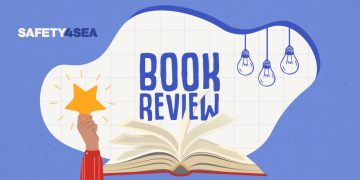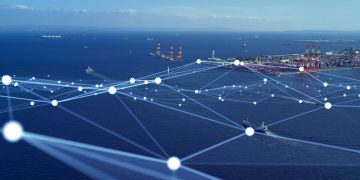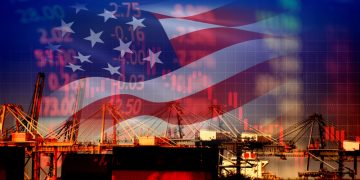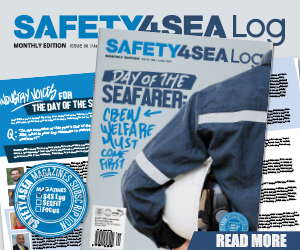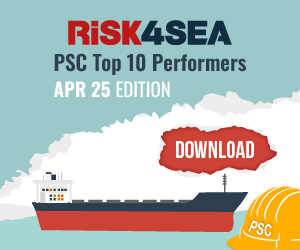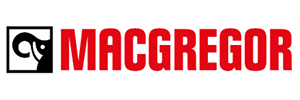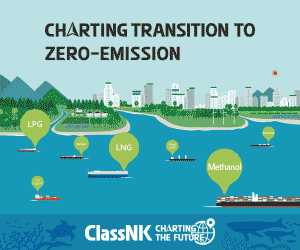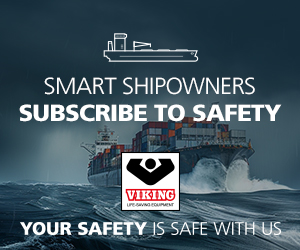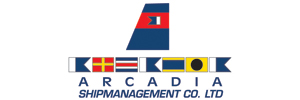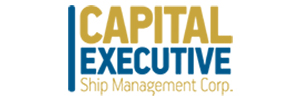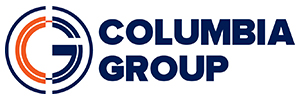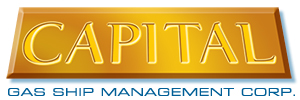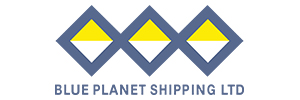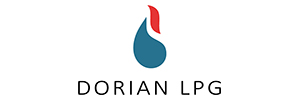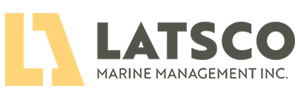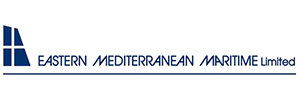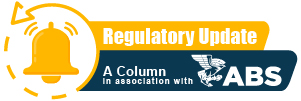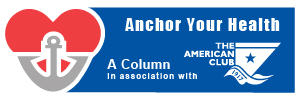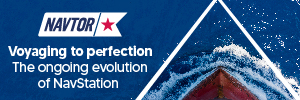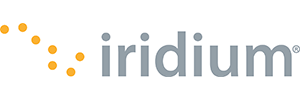The Mærsk Mc-Kinney Møller Center for Zero Carbon Shipping (MMMCZCS) and the Lloyd’s Register Maritime Decarbonisation Hub (The Decarb Hub) have released a summary report of the collective findings of the entire Ammonia as Fuel – Competencies and Training project.
Implementing alternatives to conventional fossil fuels is key to decarbonising the global shipping industry. Ammonia is currently one of the frontrunners among alternative marine fuels, as it can be combusted with much lower greenhouse gas (GHG) emissions than fossil fuels. However, using ammonia as a marine fuel involves safety hazards.
The Lloyd’s Register Maritime Decarbonisation Hub (the Decarb Hub), the Mærsk Mc-Kinney Møller Center for Zero Carbon Shipping (MMMCZCS) and partners have collaborated on a work programme to address these risks from ammonia as a marine fuel. At the end of 2023, the MMMCZCS and the Decarb Hub launched Phase 3 of their collaborative work program, aiming to answer specific questions regarding the introduction of ammonia as a marine fuel.
The questions include how seafarers’ roles will change, the minimum competency standards needed, and which additional competencies and training will be required for specialist roles at sea. The project continued through 2024.
The project summary report summarizes two technical reports from the Ammonia as Fuel – Competencies and Training project. Each technical report describes the outcomes of a specific stage within the project:
- Proposed overall framework for competency and training standards: Provides minimum competency and training standards for all seafarers. This framework is modeled on the International Maritime Organization’s (IMO) International Convention on Standards of Training, Competency and Watchkeeping for Seafarers (STCW) Code, relating to the specifications for minimum standards of competence for training for ships subject to the International Code of Safety for Ships Using Gases or other Low-Flashpoint Fuels (IGF Code). The proposal addresses both basic and advanced training. The primary audience for this ‘proposed overall framework’ report is technical teams within regulatory bodies.
- Operations, maintenance and emergency response tasks: Detailed competency requirements and training standards for specific operations, maintenance, and emergency response tasks beyond those outlined in a typical STCW framework. The primary audiences for this ‘operations, maintenance and emergency response tasks’ report are ship operators/managers and training organizations.
Key points of the summary report:
- Seafarers and shore-based staff will require new skills and training. Updates to the IGF Code are required to accommodate the introduction of ammonia as a marine fuel.
- Safe operating principles are the foundation
- New or modified knowledge, understanding and proficiencies (KUPs) will be required on board. A key aspect of the collaborative programme was to identify the additional training and competencies needed for personnel assigned on dual-fuelled vessels with ammonia as one fuel.
- Additional skills and competencies are role-dependent
- Going beyond the standard framework. Seafarers will require additional knowledge, skills and proficiencies over and above the minimum requirements specified by current frameworks, such as the IGF Code, to carry out their roles.
Ultimately, seafarers must acquire knowledge of ammonia’s properties, such as its toxicity and material incompatibility, along with operational, maintenance, and emergency response skills. To address this need, expanded training frameworks are proposed. Regulators must update regulations, including the IMO STCW Convention and Code, and seafarer certification standards. In addition, flag states and national safety authorities should collaborate to ensure consistent safety regulations across both vessel and shoreside operations.
Ship owners and operators need to perform a gap analysis to determine the necessary changes and develop programs to close those gaps. They must also revise corporate policies, protocols, and procedures. Furthermore, new training at all levels of operation, including for shoreside personnel, will be necessary to support those serving on ammonia-fuelled ships.
Training providers should also create a transition pathway for seafarers and shore-based staff to enhance their knowledge and proficiency, enabling safe interaction with ammonia as a marine fuel. This may require new training facilities and methods.
Finally, seafarers must be made aware of the evolving competency and training requirements ammonia fuel will bring to their roles. They need to understand how ammonia will affect their work and responsibilities, and how shoreside support will assist them.
All stakeholders, including vessel operators, port authorities, training providers, maritime academies, and regulatory bodies, must collaborate to implement these measures, ensuring the safe integration of ammonia as a marine fuel.










